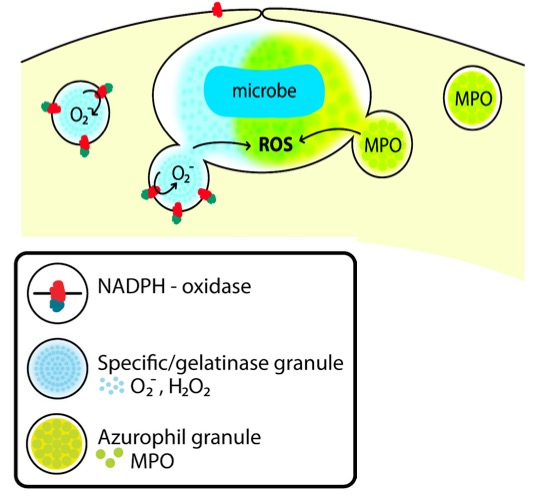Research
Inflammation and Cellular Redox States
It is well understood that highly toxic oxidants called “reactive oxygen species (ROS)” are produced by phagocytic cells as part of the innate immune response to infection.
In recent years, ROS and consequently the oxidation-reduction (redox) state of immune cells have been recognized as key players in the inflammatory response to both infectious and non-infectious cues. Pediatric diseases with inflammatory complications and signs of redox imbalance include chronic granulomatous disease (CGD), cystic fibrosis, and the autoinflammatory diseases SAPHO, PFAPA, TRAPS and FMF.
Whether oxidants suppress or promote inflammatory signaling and to what extent they influence the biology of an inflammatory response remains controversial. This project aims to understand redox-sensitive signaling molecules in the context of inflammatory disease and their potential as novel therapeutic targets.

